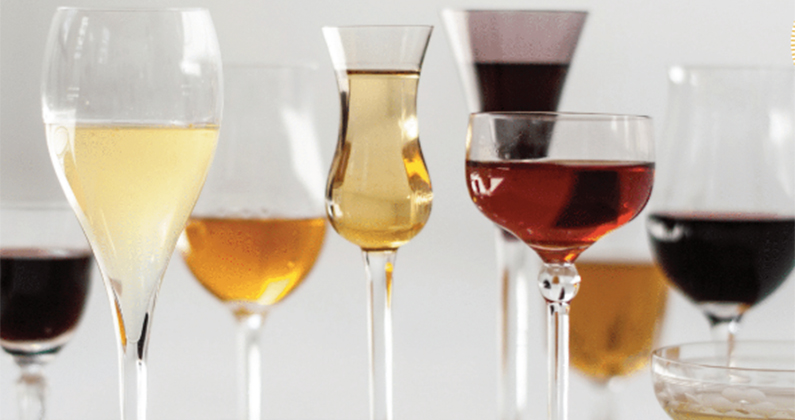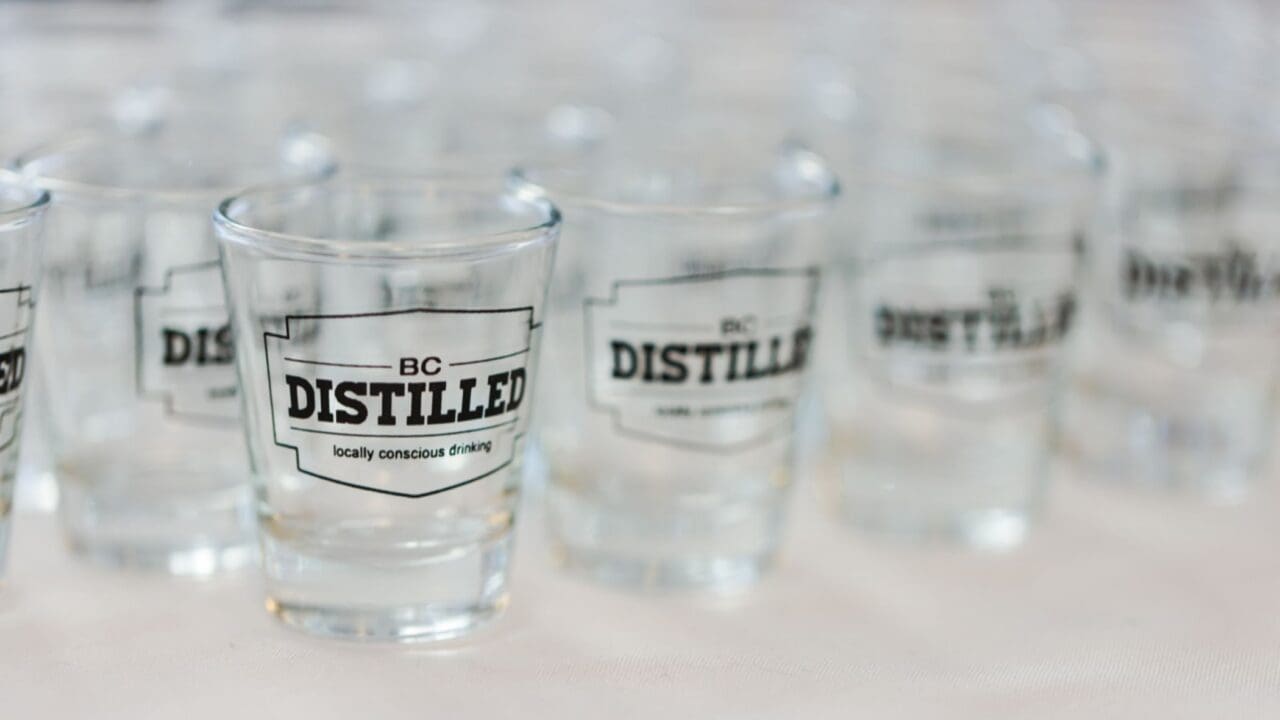If you’ve sat down at the bar and ordered a Cosmo or a raspberry martini, you’ve probably sipped on a cocktail that utilizes a fruit liqueur. Fruit liqueurs, whether mainstream brands or Northwest produced products, are seen in pretty much every well-stocked bar. There’s a huge variety of fruit liqueurs, and they add unique flavors to allow bartenders to play with new cocktail recipes all the time, or they can be sipped neat on or off the rocks. But what exactly is a fruit liqueur? And how are they made? We sat down with Matt Lessnau, partner and head distiller of Adrift Distillers in Long Beach, Washington, to find out a bit more.
What’s In a Name
First thing’s first, the word liqueur is derived from the Latin word liquifacer, which means to liquify or dissolve. There are several different types of liqueurs such as coffee liqueurs, chocolate liqueurs, cream liqueurs and more, but we’re focusing on fruit liqueurs for now.
In essence, a fruit liqueur is a base spirit blended with fruit and sugar. It’s a pretty simple concept, but it’s the process, the time and the intentional recipe that gives each fruit liqueur its own unique qualities.
“A fruit liqueur has a predominant flavor,” Lessnau says. “It has to have that infusion and it has to be sweetened as well, per the guidelines for production of the spirit.”
Typically, a fruit liqueur will only utilize one fruit, such as raspberry, cranberry or blackberry, but it may also be joined by a few other flavors to create a more complex liqueur.
“The whole point is to emphasize the brightness of the fruit,” says Lessnau. “You can have a complementing flavor, like we do with orange peel in our Cranberry Liqueur, but you want to highlight the flavor of the fruit.”
The base grain spirit chosen is typically flavorless, lacking any notes that would affect the final product. “You don’t want competing flavors from the base spirits, so we use a neutral base,” he adds.
However, if the distiller is interested in intentionally adding heavier, malty notes, they may utilize a richer spirit, similar to whiskey. Liqueurs don’t undergo further distillation, so the base spirit chosen must already be made before beginning the process.
How It’s Made
Once the perfect recipe is determined, the process gets underway. There are several ways to introduce the fruit to the base spirit, and according to Lessnau, there’s really no wrong way to do it.
Depending on the type of liqueur being made, and depending on the fruit, it may be macerated, or soaked in the spirit to bring out its flavors, before being added to the tank with the sugar. For Lessnau and Adrift, they utilize a proprietary concentrate developed in collaboration with Starvation Alley Cranberry Farms for their Cranberry Liqueur, utilizing locally harvested fruit.
Once ingredients are combined, the liqueur will rest in large blending tanks for about a month. The tanks are stirred to agitate or wake up the mixture throughout the process until it’s determined ready.
“You let the flavors marry over time, but some rest longer depending on what they’re doing,” Lessnau says. “Once the flavors reach their point and have mingled well for a uniformed product you know it’s ready.”
Once the liqueur is deemed ready, it is pressed and filtered to remove any solids from the fruits or other ingredients. “How much you need to filter depends on your base and your solid,” the distiller adds. “If you have more solid content, the filtration process takes longer.”
Once all solids are removed after filtering, the fruit liqueur is ready to be bottled, labeled and shipped to make its way to a bar near you.






